Family SUVs have become more popular than family hatchbacks for people with kids because they have lots of space, useful features, and are fairly affordable.
There are many different family SUVs you can pick from, starting with cheaper options like the Citroen C5 Aircross and going up to more high-end models like the Range Rover Evoque. No matter which one you go for, you’ll get features that work well for families and a higher seating position.
There’s good news for buyers—family SUVs are usually dependable. Hybrid models are not only fuel-efficient, but they also tend to be the most reliable. This year, hybrid models from Lexus and Toyota took three of the top four spots on the list.
The Lexus NX came in first place with a perfect score of 100%. Not one owner reported any issues with their car. On the other hand, the least reliable SUVs had many problems, and some of those could take a long time to fix and cost a lot.
Also Read: 10 High-End Cars with Strong 5-Year Resale Value
Most reliable family SUVs
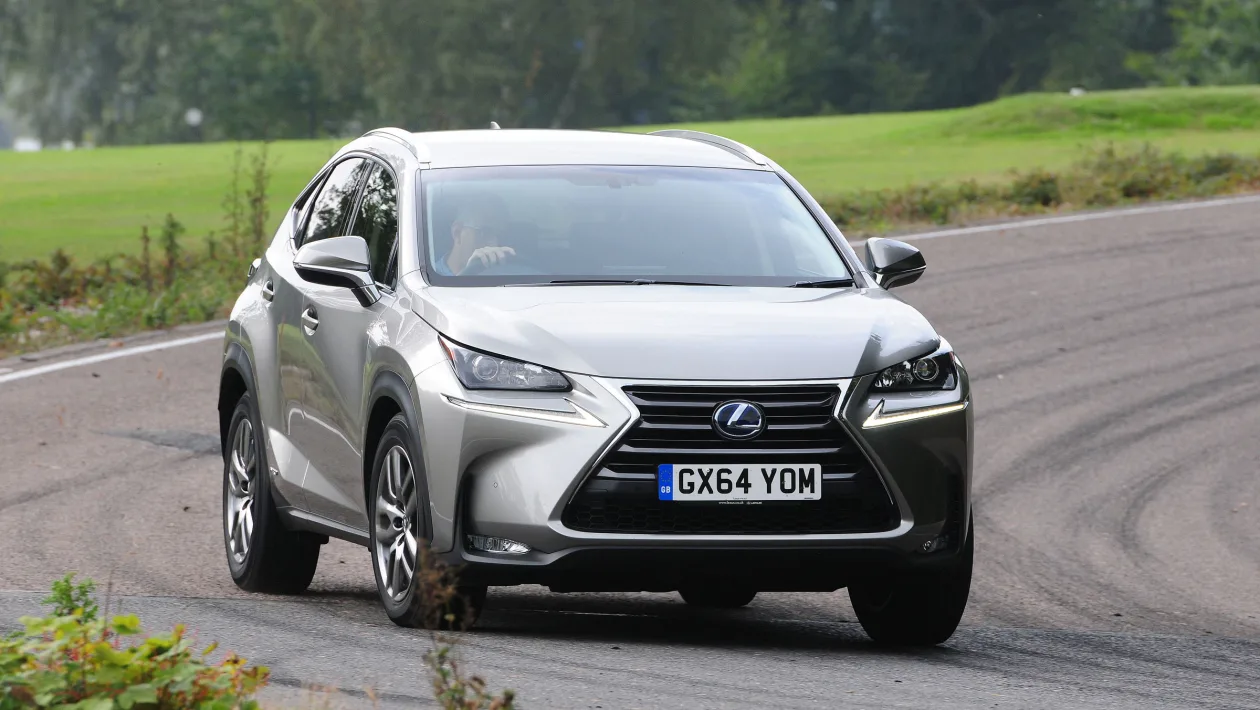
Lexus NX (2014–2021)
The older Lexus NX stood out as the first family SUV that came with either a hybrid or petrol engine, but not a diesel. The petrol version, called the NX 200t, was removed in 2016 because it didn’t sell well, but the 300h hybrid version stayed until 2021 and was the one most people chose.
It might not be the most exciting car to drive, but the NX is smooth and quiet if you drive it gently, and best of all, it’s extremely reliable. In fact, the older Lexus NX is the best choice if you’re looking for a trouble-free family SUV.
It’s the top-rated SUV in its category and even does better than the newest NX model, which has a score of 97.6% and is in fourth place. No NX owners reported any problems, so they didn’t have to spend time waiting for repairs or paying for surprise fixes.
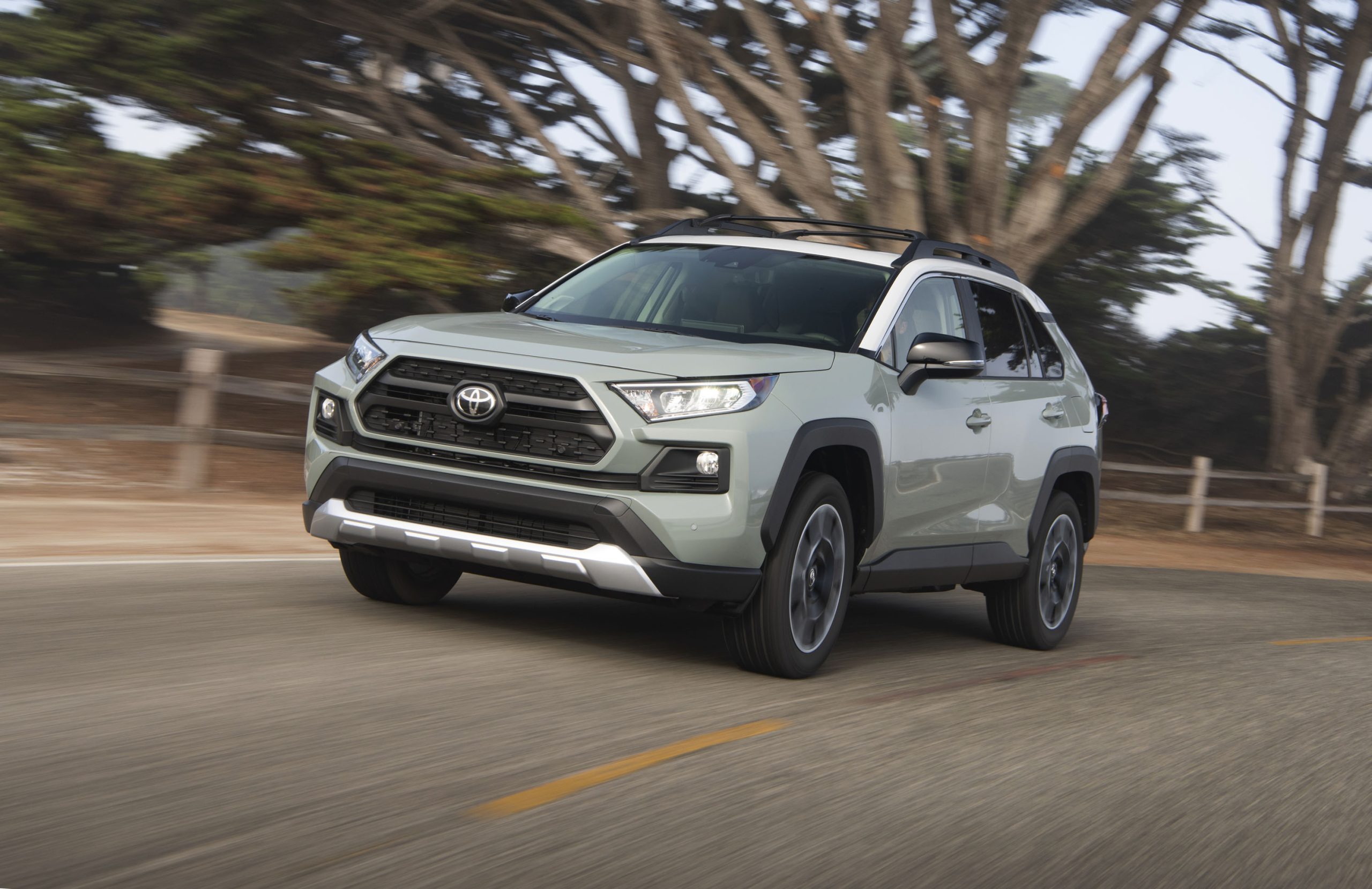
Toyota RAV4 (2019–present)
Reliability rating: 98.8%
Most common problems: 12-volt battery 2%, hybrid battery pack 1%, other electric issues 1%
Average repair cost: 83% £0, 17% £101–£200
Typical time off the road: 83% one day or less
Just like the Lexus NX, the RAV4 is a hybrid, which means it gives off less CO2 than many small cars made for cities. It comes in two types: one is a regular hybrid that doesn’t need to be plugged in, and the other is a plug-in hybrid that can go 46 miles using only electric power. Both types are great with fuel and keep their value well.
Even better, the RAV4 is very reliable. Only 3% of RAV4 owners said they had any problems, mostly with the 12-volt battery or the charging system. Half of the reported problems meant the car couldn’t be driven, but 83% were fixed in less than a week and the same percentage were fixed for free. Those who had to pay spent less than £200.
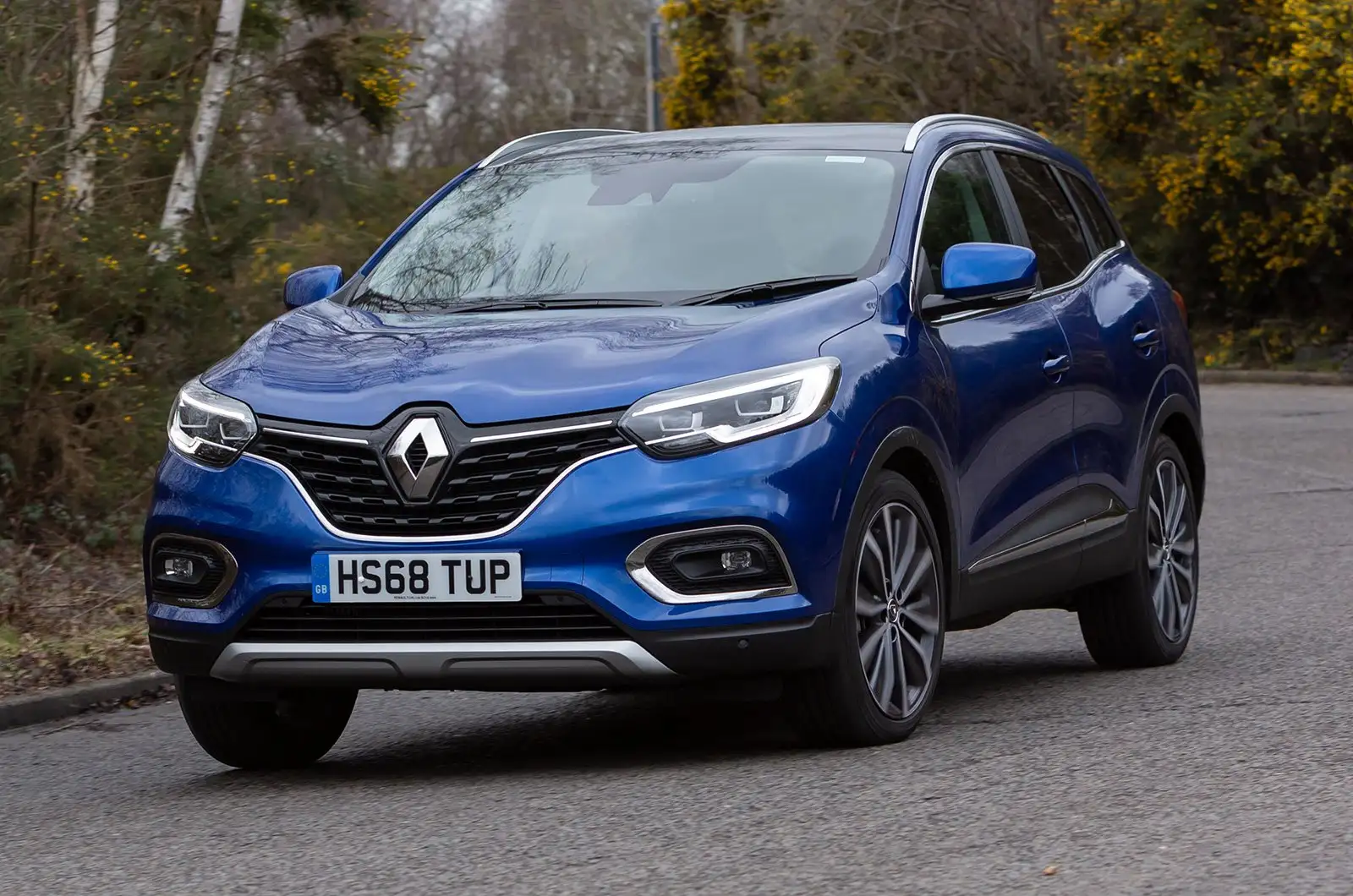
Renault Kadjar (2015–2022)
Reliability rating: 98.6%
The Renault Kadjar is stylish, roomy, and cheap to keep running. It makes a great choice for families and has a larger boot than the Nissan Qashqai, which it shares parts with. You could get it with either a petrol or diesel engine, and both types were just as strong and dependable.
This is actually the most reliable Renault model, which helped the brand move up to ninth place in the latest brand reliability rankings. Only 12% of Kadjar owners had any problems, and those were limited to electrical parts not related to the engine and the suspension. Every car was fixed in a day or less, and no one had to pay for the repairs.
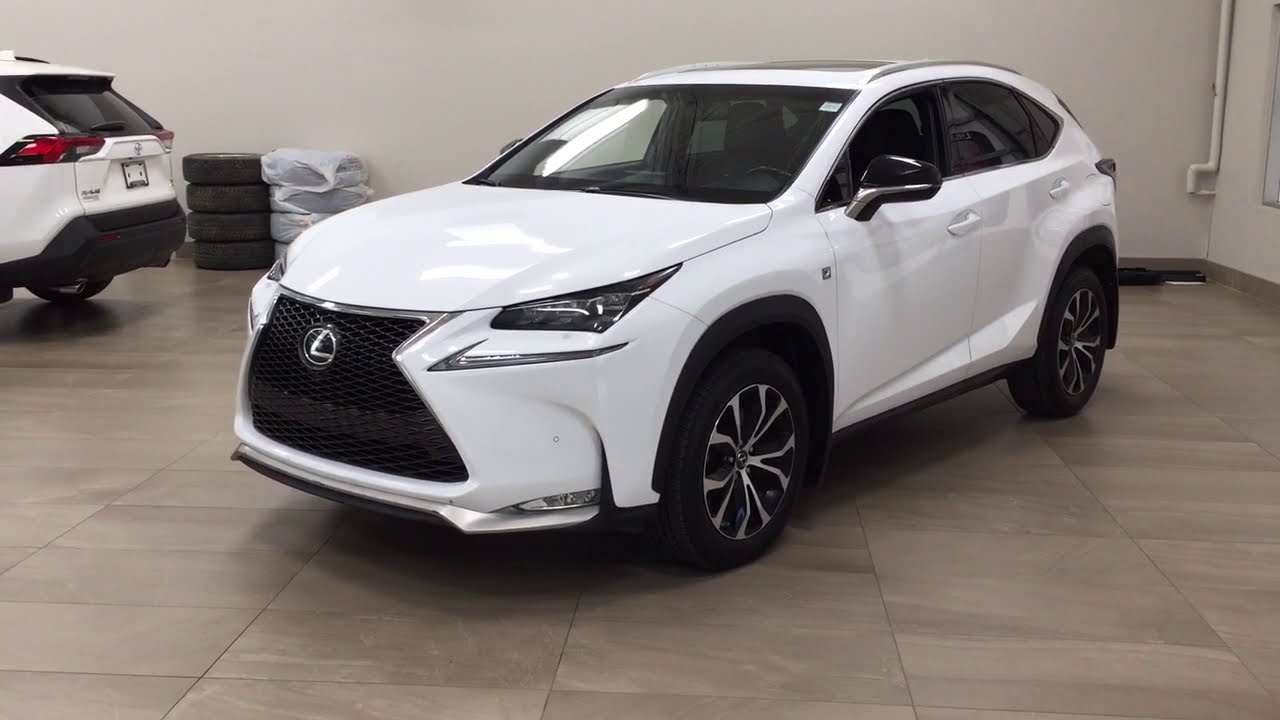
Lexus NX (2021–present)
Reliability rating: 97.6%
Most common problems: bodywork 8%, 12-volt battery 2%, brakes 2%, engine electrics 2%
Average repair cost: 89% £0, 11% £301–£500
Typical time off the road: 78% one day or less, 22% one day to a week
The Lexus NX isn’t the cheapest family SUV, but it costs less than other premium models like the Audi Q5, BMW X3, and Volvo XC60. You can get it as a hybrid or a plug-in hybrid (PHEV). The plug-in hybrid is our favorite because it’s fast (0-62mph in 5.8 seconds) and, according to official figures, can drive up to 45 miles using just electric power.
The newest version of the Lexus NX doesn’t quite reach the perfect reliability score of the older version, but it’s still very close. Although 13% of owners had issues, most of the complaints were about small problems with the bodywork.
About 78% of these were fixed in a day or less. Lexus paid for 89% of the repairs, though a few owners had to spend between £301 and £500.
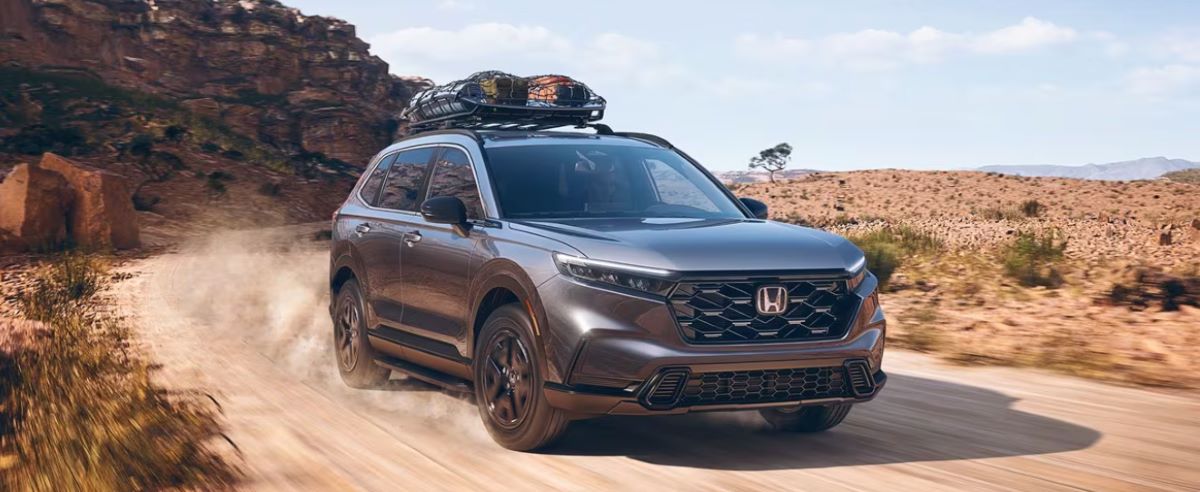
Honda CR-V (2018–present)
Reliability rating: 97.2%
Most common faults: non-engine electrics 6%, air-con 3%, 12-volt battery 2%
Average repair cost: 90% £0, 10% more than £1500
Typical time off road: 40% one day or less, 40% one day to a week
The Honda CR-V is nice to drive and comes with a good set of features. You can get it as a hybrid or a plug-in hybrid. The hybrid is the best pick for private buyers, while the plug-in version is the most cost-effective choice for company car drivers.
Official figures say the plug-in version can do up to 50 miles on electric power alone, but in real-world driving, this is more likely to be about 37 miles.
Only 11% of CR-V owners said their car had a problem, mainly involving the air conditioning, the 12-volt battery, and electrical systems not related to the engine. Honda paid for 90% of the repairs, but the remaining owners had to cover costs that were more than £1500 per repair. Forty percent of the cars were fixed in a day or less, and most of the rest were back on the road in under a week.

Volvo XC40 PHEV (2017–present)
Reliability rating: 97.0%
Most common faults: air-con 3%, 12-volt battery 3%, hybrid battery pack 3%, interior trim 3%, non-engine electrics 3%
Average repair cost: £0
Typical time off road: 20% up to a day, 60% one day to a week
The Volvo XC40 is a great choice for families. It combines strong performance, everyday usefulness, comfort, and plenty of space inside. That’s why it was named What Car? Car of the Year in 2018, and it’s still seen as one of the top choices among family SUVs. You can get it with a petrol engine, as a plug-in hybrid, or as a fully electric EX40.
The plug-in hybrid version of the XC40 has fewer issues than the petrol version. Only 11% of PHEV models had faults, compared to 22% of the petrol ones. Some of these problems took a while to fix, with 60% of the cars being off the road for up to a week, but Volvo covered the cost of all the repairs.
The issues people reported included problems with the air conditioning, 12-volt battery, hybrid battery, and other electrical systems.
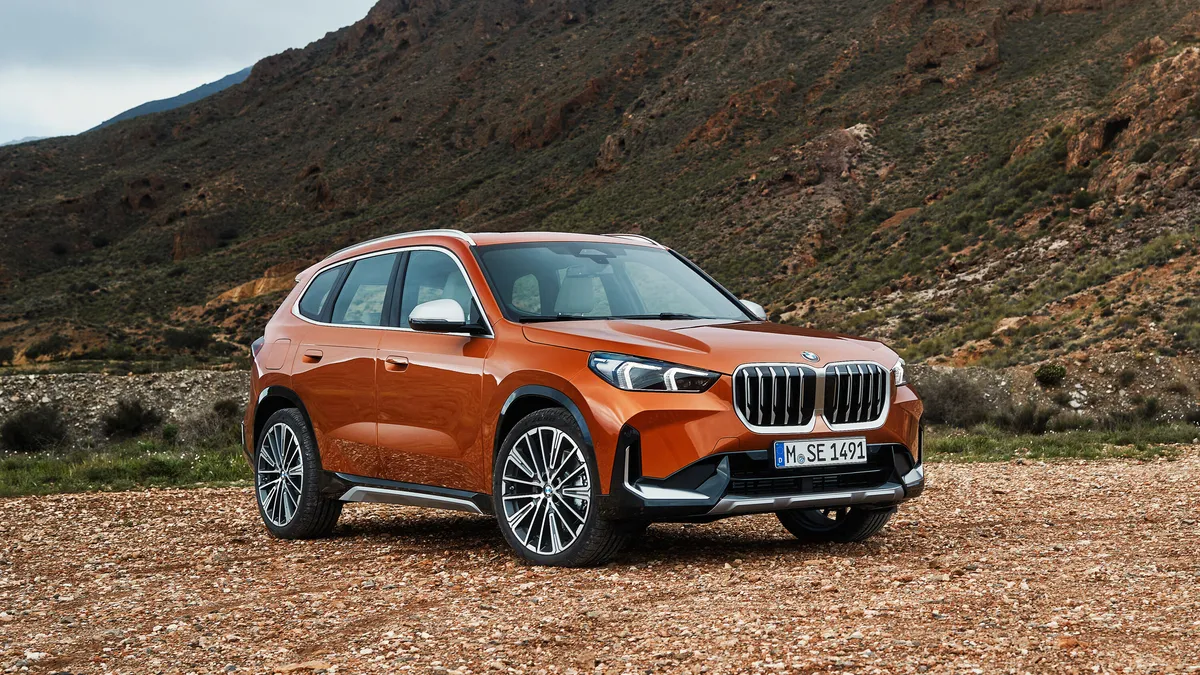
BMW X1 petrol (2015–2022)
Reliability rating: 96.6%
Most common faults: 12-volt battery 2%, brakes 2%, interior trim 2%, non-engine electrics 2%
Average repair cost: 80% £0, 20% £201–£300
Typical time off road: 20% up to a day, 40% one day to a week, 40% more than a week
This second-generation BMW X1 is a much better option than the older version, which didn’t handle as well. This one got updated engines and better technology, making it a stronger choice in the family SUV group. It has good handling, a smooth ride, and a roomy interior.
We only had enough information to rate the petrol models of the BMW X1, and they seem to be holding up well with age. Only 7% of these cars had problems, mostly related to the 12-volt battery, brakes, and some electrical systems. Two-thirds of those cars were repaired within a week, but BMW only paid for 40% of the fixes. The rest of the owners had to pay repair bills of up to £1000.
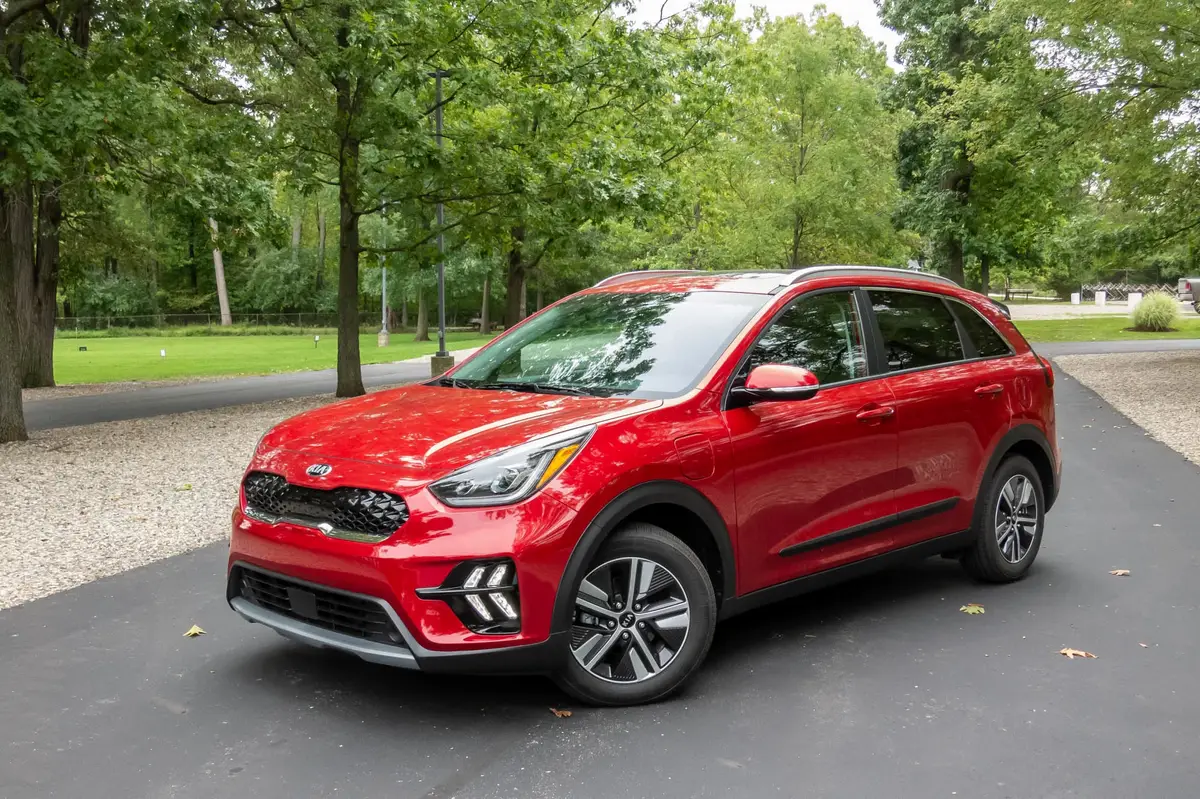
Kia Niro hybrid/PHEV (2016–2022)
Reliability rating: 96.4%
Most common faults: interior trim 4%, non-engine electrics 4%, 12-volt battery 2%, bodywork 2%, sat-nav/infotainment system
Average repair cost: £0
Typical time off road: 33% up to a day, 55% more than a week
The Kia Niro might look simple, but it was quite different when it first came out because it was one of the earliest SUVs to be sold as a petrol, hybrid, and electric model. No matter which one you go for, you’ll get a car that’s well built, sensible, useful, and affordable to run.
Although 13% of hybrid and plug-in hybrid Niros had problems, Kia paid for every repair. Issues included the 12-volt battery, electrical faults, inside trim, and the sat-nav or infotainment system. Most cars could still be driven, and one-third were fixed in a day or less, though more than half stayed in the workshop for over a week.
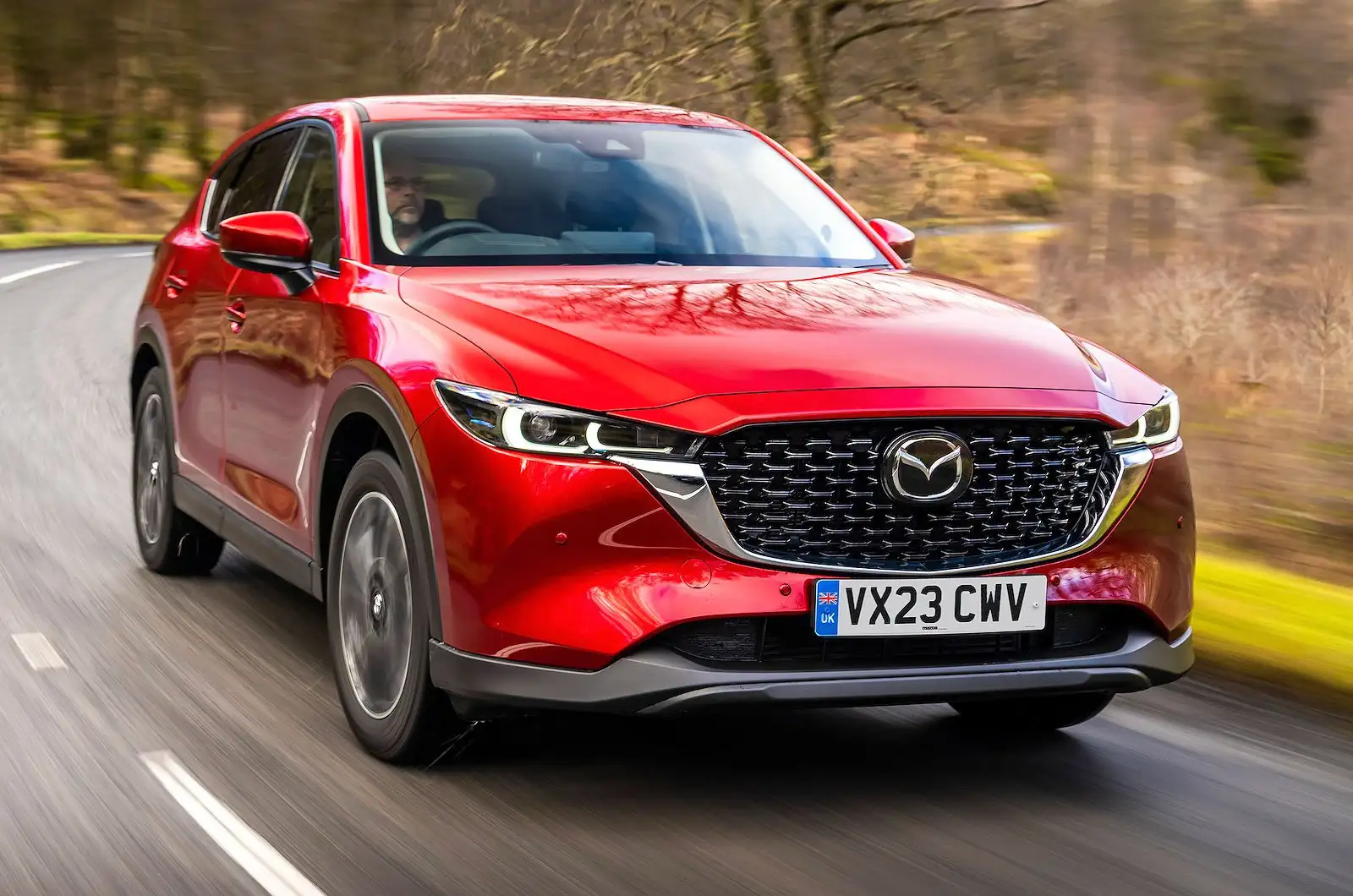
Mazda CX-5 petrol (2017–present)
Reliability rating: 96.1%
Most common faults: sat-nav/infotainment system 10%, bodywork 7%, non-engine electrics 3%
Average repair cost: 87% £0, 13% £50–£100
Typical time off road: 67% one day or less, 20% one day to a week, 13% more than a week
The newest Mazda CX-5 has had major updates to help it stay competitive with rivals like the Citroën C5 Aircross, Honda CR-V, and Peugeot 5008. It’s a five-seat family SUV that isn’t too large, fun to drive, and costs less than many similar models from German brands.
If you’re looking for a reliable version, the petrol model is the better choice because it had fewer issues than the diesel version, and repairs cost less. Only 17% of petrol CX-5s had a fault, compared to 48% of diesels. And 87% of petrol models were repaired for free, while only 71% of diesel models were. The biggest complaints were about bodywork and the sat-nav/infotainment system. Two-thirds of these cars were fixed in a day or less, and most were sorted out in under a week.
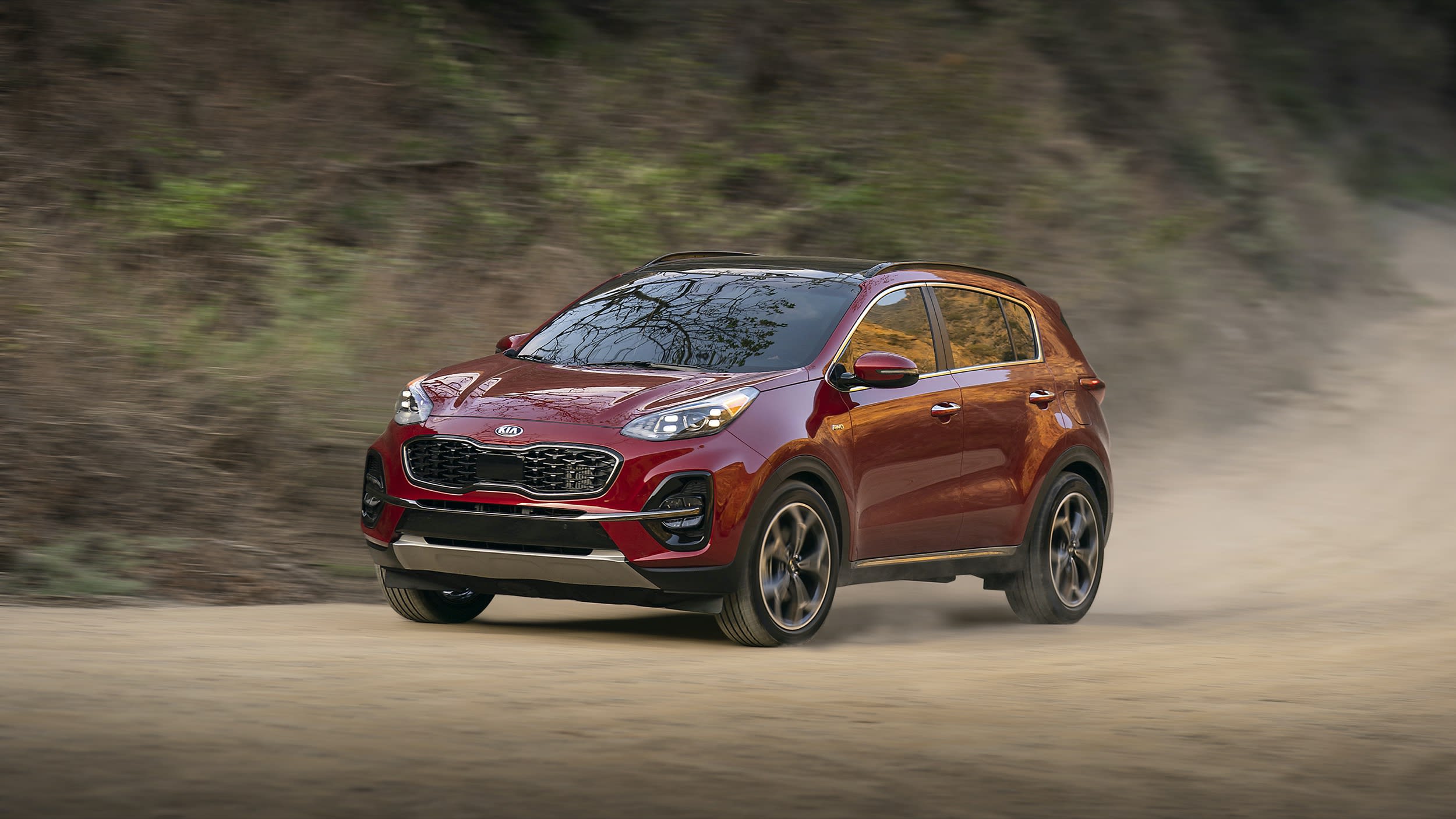
Kia Sportage (2021–present)
Reliability rating: 96.1%
Most common faults: sat-nav/infotainment system 7%, bodywork 5%, exhaust system 3%, non-engine electrics 3%
Average repair cost: 90% £0, 10% £50–£200
Typical time off road: 42% one day or less, 42% more than a week
The Kia Sportage is a well-balanced family SUV that’s sensibly priced and has been one of the best sellers for a while. It has a roomy interior and is available in many versions to match different budgets. All the engines have some level of hybrid support to help with fuel use and reduce pollution. You can pick a mild hybrid, a regular hybrid, or a plug-in hybrid.
Even though 15% of Sportages had issues, most were small and got fixed under warranty. Kia paid for 90% of the repair work, and the rest of the owners didn’t have to spend more than £200. Almost half of the affected cars were repaired in a day or less, though many others stayed at the garage for over a week. The usual trouble spots were the bodywork, exhaust, electrical parts, and the sat-nav or infotainment system.
Least reliable family SUVs
While the newest Sportage is showing itself to be a strong option, the same can’t be said for the older diesel-powered Kia Sportage, made between 2016 and 2021. Worryingly, more than two-thirds of owners said their car had some kind of issue.
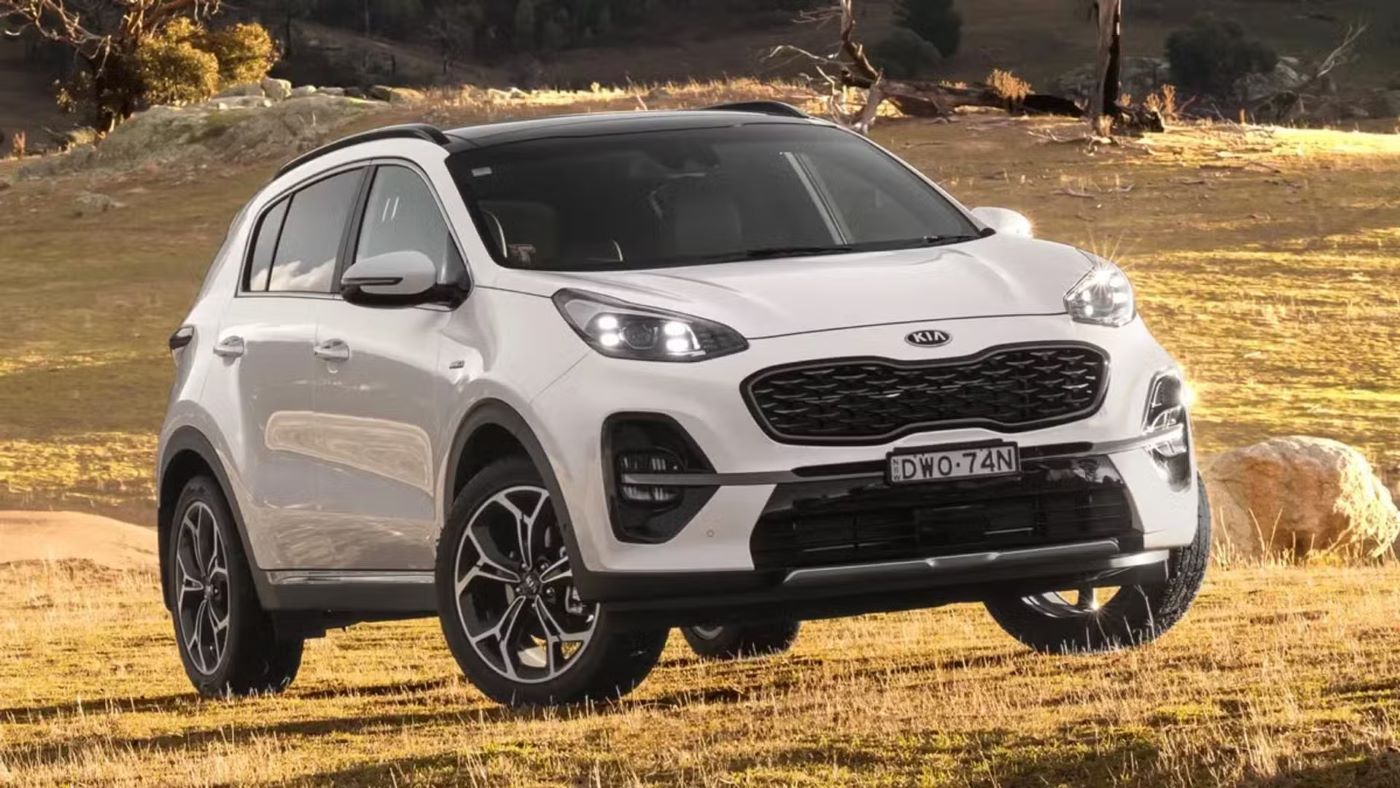
Kia Sportage diesel (2016–2021)
Reliability rating: 66.2%
What went wrong? Engine 24%, gearbox/clutch 20%, non-engine electrics 16%, brakes 8%, engine electrics 8%, bodywork 4%, exhaust 4%, fuel system 4%, sat-nav/infotainment system 4%
Most common faults: engine 24%, non-engine electrics 16%, bodywork 4%, exhaust 4%, fuel system 4%, sat-nav/infotainment system
Average repair cost: 83% £0, 13% £1000 or more
Typical time off road: 17% a day or less, 50% more than a week
The Kia Sportage has been one of the most popular models for the Korean brand and made up a big part of its total sales. The fourth version of this family SUV is still a good choice as a used car because it looks good, is useful, affordable, and many models will still have some of Kia’s long seven-year warranty left.
That warranty could come in handy if you go for a diesel model, since these had a lot of issues and were slow to fix. Diesel Sportage owners said 56% of their cars had problems, while only 20% of petrol versions did. Half of the diesel cars with problems were in the garage for more than a week, and 8% of the repair costs went over £1500. On the bright side, 83% of repairs were free.

Range Rover Evoque (2011–2019)
Reliability rating: 73.8%
Most common faults: engine electrics 15%, suspension 15%, exhaust 12%, bodywork 8%, engine 8%, interior trim 8%
Average repair cost: 86% £0, 14% more than £1500
Typical time off road: 38% less than a day, 56% more than a week
The Range Rover Evoque is one of the most popular used cars available. It has a stylish design, drives well, and comes with a high-end interior that has plenty of features.
Still, the older version of the Evoque has the lowest score in the Land Rover group, with 35% of owners saying their car had a problem. Electrical issues in the engine and suspension were the most frequent, both making up 15% of reported problems. Two-thirds of the cars were off the road for over a week. Most repairs were done for free, but the rest cost more than £1500.
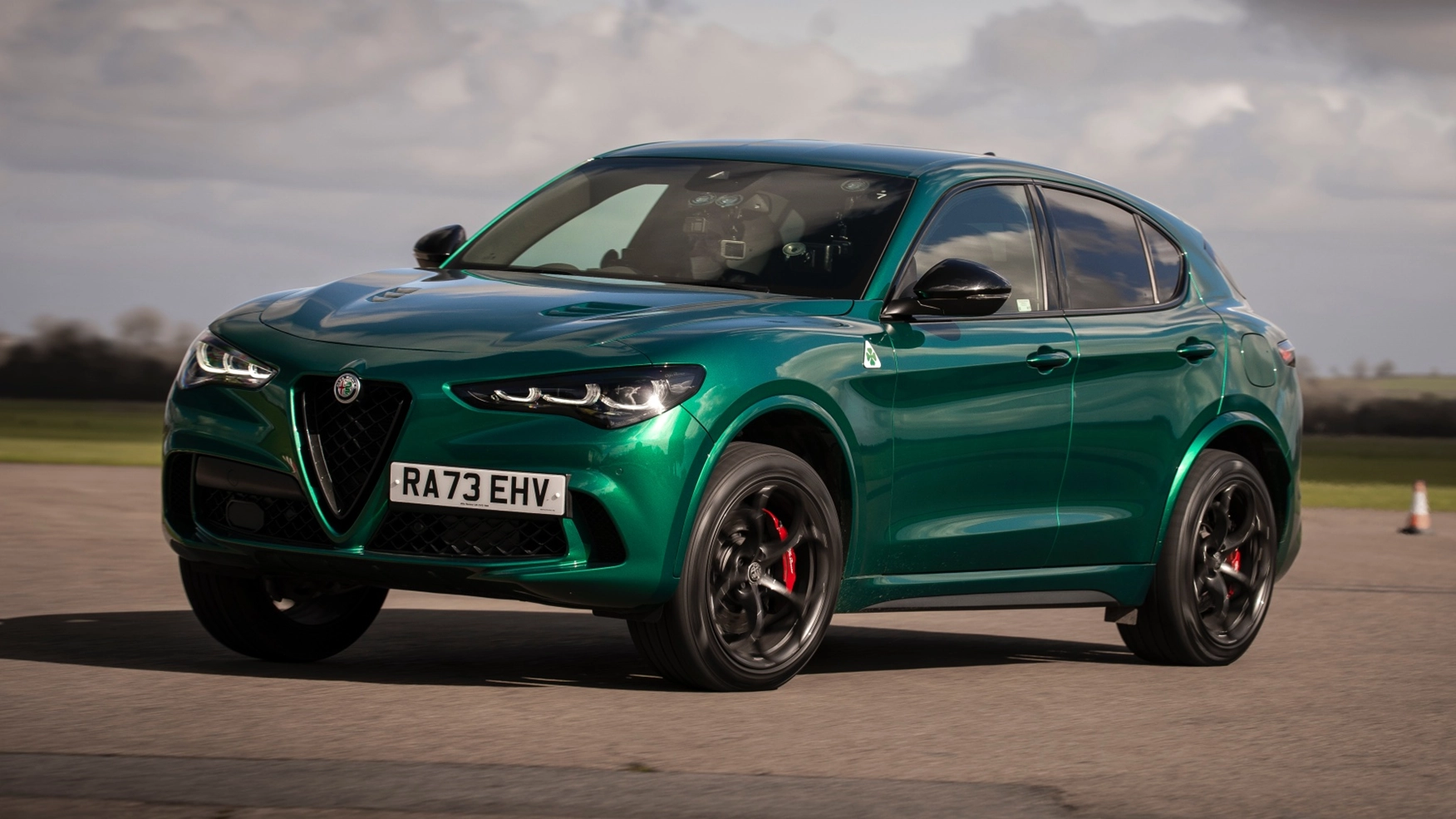
Alfa Romeo Stelvio (2017–present)
Reliability rating: 85.5%
Most common faults: 12-volt battery 16%, non-engine electrics 11%, sat-nav/infotainment system 11%, engine 5%, interior trim 5%
Average repair cost: 67% £0, 22% £301–£750
Typical time off road: 33% up to a day, 55% more than a week
The Stelvio was built to drive better than its competitors, and it does that well, though this means the ride can feel firm and uncomfortable on rough roads. It has eye-catching looks and powerful engines, but the inside of the car doesn’t feel very high-quality in some areas, and it’s not as spacious as other family SUVs.
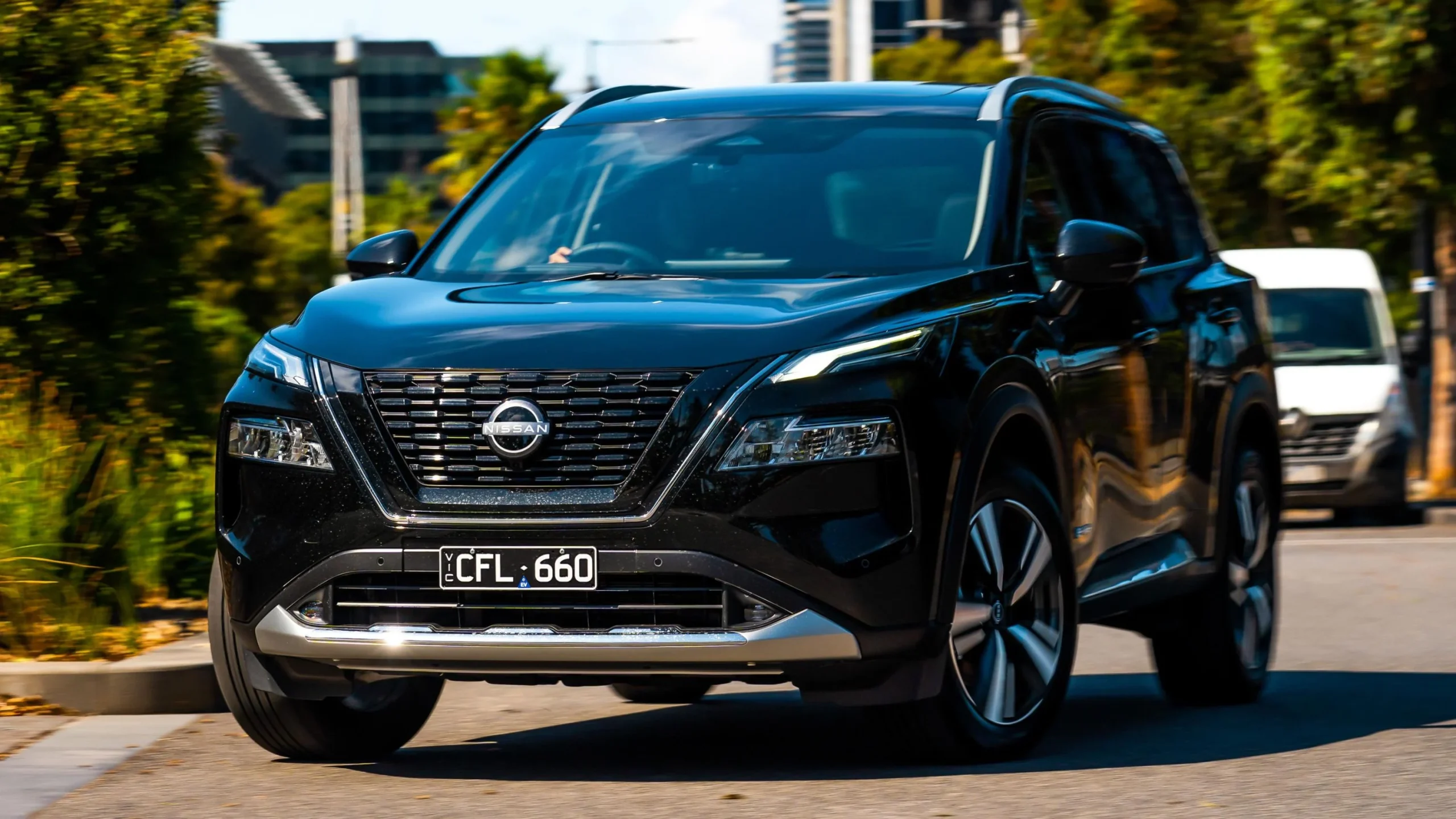
Nissan X-Trail (2014–2021)
Reliability rating: 59.7%
The X-Trail didn’t just receive a low two-star score from our road test team, it also got the worst reliability rating among all cars up to five years old in our survey. Out of the X-Trail owners who took part, 39% had problems with their vehicles.
These problems happened in almost every part of the car except the sat-nav. The most common trouble spots were the electrical systems (both engine-related and other), the brakes, and parts of the interior.
Among the cars that didn’t break down, 65% were repaired within a week. But for the 24% that did break down, it took more than a week to get them back. This might not sound too terrible at first, but the repair costs made things worse for the X-Trail.
Only 53% of owners got their repairs done for free. A large 24% had to pay over £1500 for repairs, while the rest paid between £101 and £500.
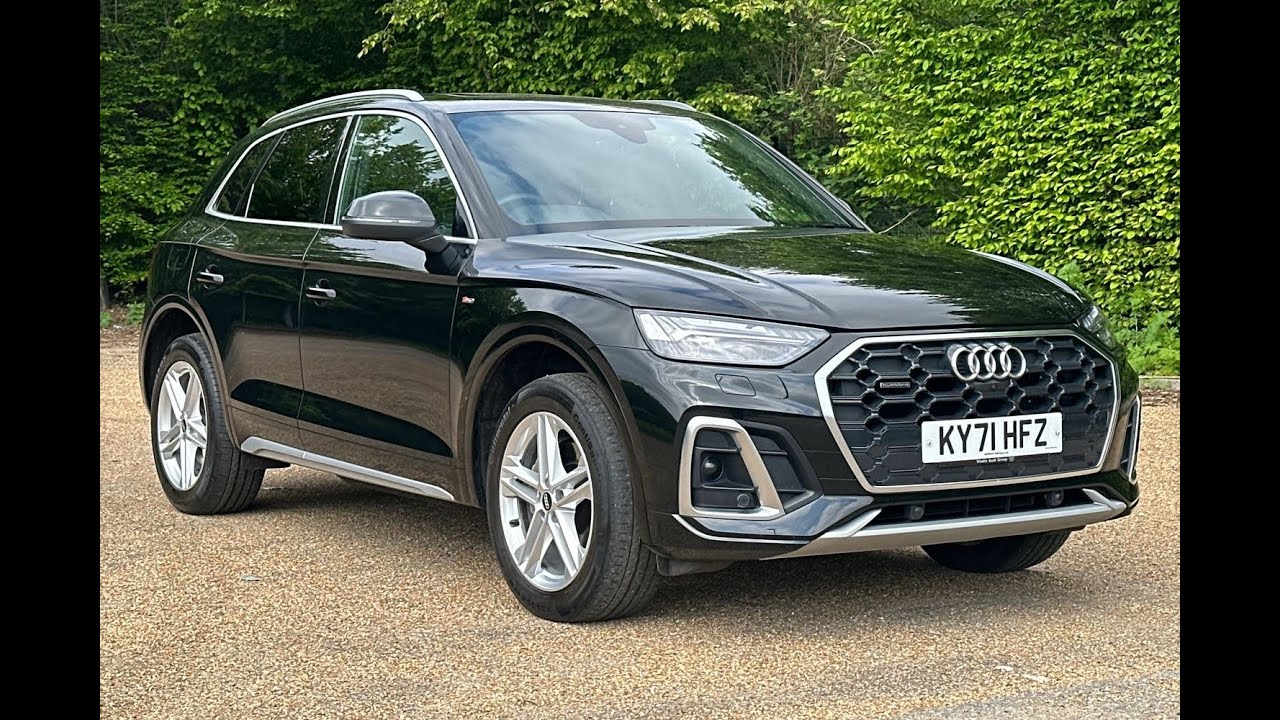
Audi Q5 diesel (2008–2017)
Reliability rating: 76.7%
The diesel versions of the older Audi Q5 have turned out to be much less reliable than the petrol versions, with problems happening 44% of the time – which is 17% more often than the petrol ones.
Also Read: The 10 Most Reliable And 5 Least Reliable Hybrid Cars
Suspension issues were very common, and there were lots of problems with the air conditioning and electrical systems, both those linked to the engine and other parts of the car.
Even though most of these cars were no longer under warranty, 75% of the repair costs were paid by Audi. However, some owners still had to pay as much as £1500 to get their cars fixed.

